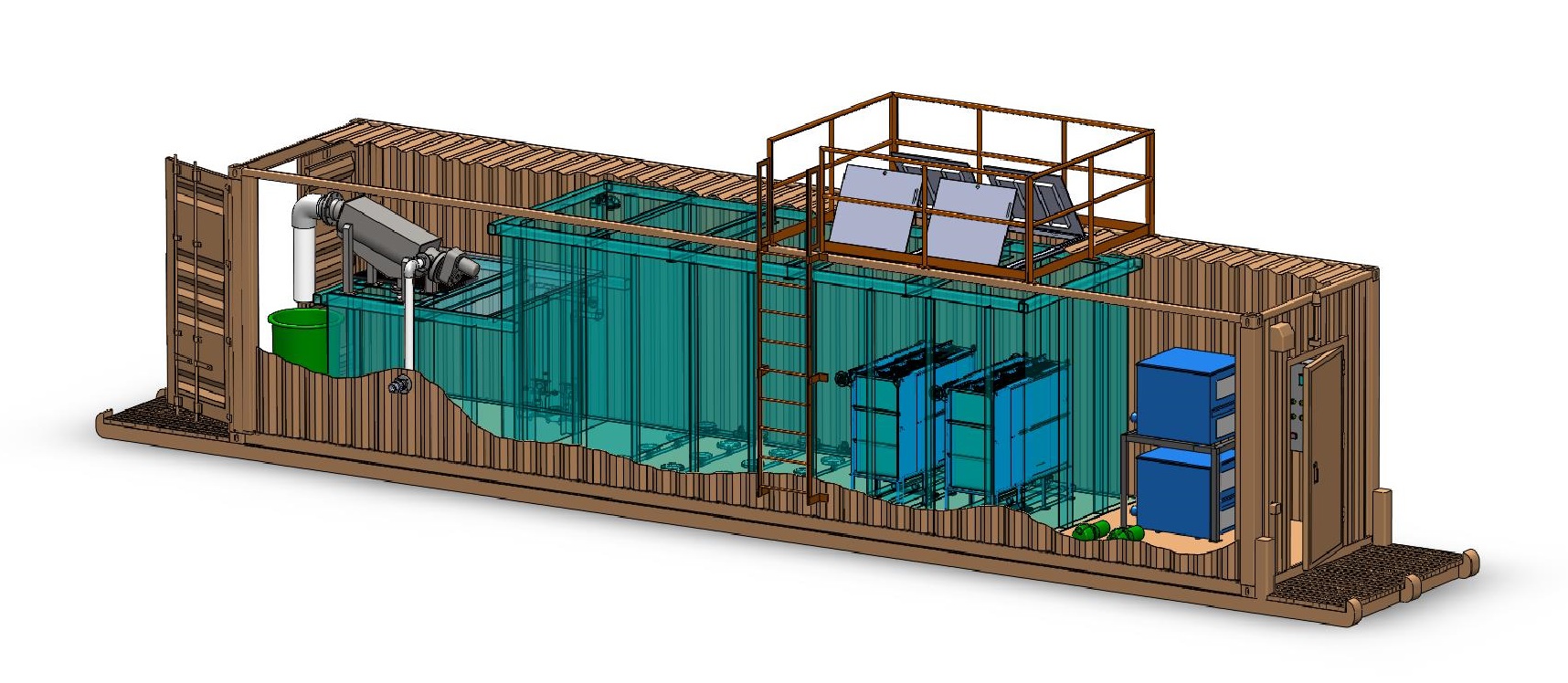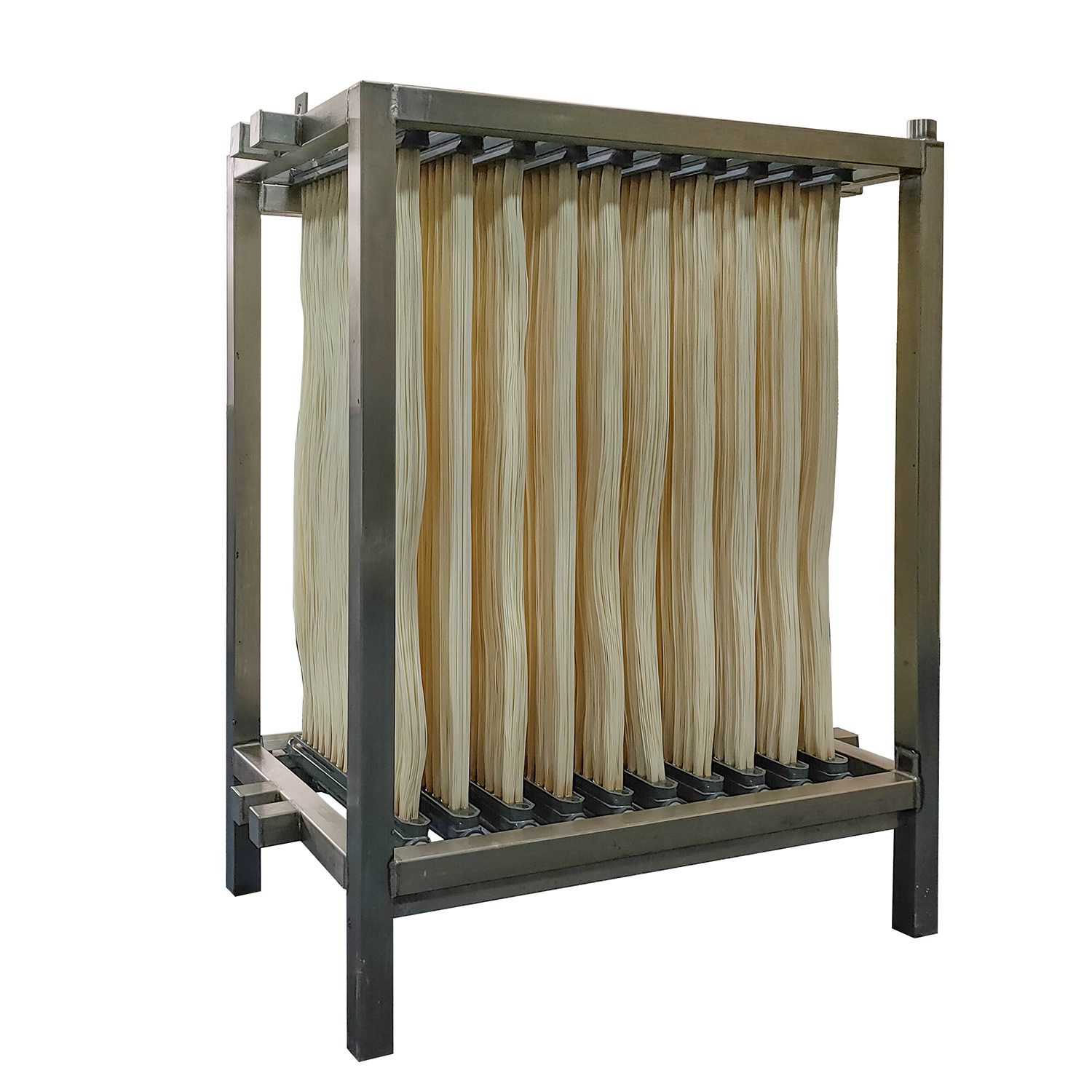Just How Membrane Bioreactors Are Changing Water Filtration Solutions
The appearance of membrane layer bioreactors (MBRs) stands for a substantial advancement in the field of water purification, merging biological treatment processes with cutting-edge membrane filtration technologies. As global water scarcity magnifies, the function of MBRs in assisting in safe and clean water reuse and lasting water administration ends up being significantly essential.
Overview of Membrane Bioreactors
Membrane bioreactors (MBRs) represent a significant development in water filtration modern technology, as they incorporate organic therapy procedures with membrane layer filtration. This integration enhances the efficiency of wastewater therapy by making use of microorganisms to degrade organic pollutants while at the same time utilizing semi-permeable membrane layers to separate treated water from suspended virus and solids.
The MBR system commonly is composed of an organic reactor where the microbial population metabolizes contaminants, followed by a membrane layer purification system that keeps biomass and allows just clean water to pass through. This dual performance leads to greater effluent high quality compared to standard treatment methods. MBRs can be run in both set and continual circulation modes, supplying versatility in style and application.
They also allow the recuperation of water for reuse, thus contributing to water sustainability efforts. Generally, MBRs are at the center of improving water treatment effectiveness and high quality, showcasing the possibility for cutting-edge solutions in environmental administration.
Benefits of MBR Modern Technology
The assimilation of organic treatment with membrane filtration provides many benefits for water filtration procedures. Among the key benefits of Membrane Bioreactor (MBR) technology is its capability to properly get rid of both inorganic and organic pollutants, causing high-quality effluent. The membranes act as a physical barrier, stopping suspended solids and microorganisms from going through, which improves the general security and integrity of cured water.
Furthermore, MBR systems need a smaller footprint contrasted to traditional treatment techniques, permitting for more efficient space usage. This portable layout is specifically useful in city settings where land is limited. MBRs additionally show operational flexibility, suiting varying influent qualities and circulation prices without significant efficiency deterioration.
Additionally, the process supplies improved nutrient removal capacities, especially for nitrogen and phosphorus, which are vital for avoiding eutrophication in obtaining waters. The minimized sludge production connected with MBR modern technology likewise translates to decrease disposal costs, making it an affordable solution in the future - Membrane Bioreactor. In general, the advantages of MBR modern technology placement it as a leading option for sustainable and cutting-edge water purification systems, addressing both ecological and economic concerns
Applications in Water Filtration
Applications of Membrane Bioreactor (MBR) technology in water filtration are diverse and impactful, resolving different therapy needs throughout multiple fields. MBRs efficiently incorporate biological therapy processes with membrane purification, making them optimal for community wastewater therapy, industrial effluent monitoring, and even drinkable water reuse campaigns.
In community settings, MBRs are significantly used to boost the high quality of dealt with wastewater, enabling conformity with rigorous discharge policies and assisting in the recycling of water for watering and non-potable usages. Their compact design likewise makes them my sources appropriate for metropolitan atmospheres where area is restricted.
Industrially, MBR innovation is made use of to deal with procedure water and wastewater, especially in markets such as food and drink, drugs, and textiles. By successfully getting rid of pollutants and put on hold solids, MBRs assist markets lessen environmental effects while recovering important resources from wastewater streams.
Furthermore, MBRs are obtaining grip in decentralized water therapy applications, where small-scale systems can be released in remote locations or creating regions. This versatility allows neighborhoods to achieve lasting water administration services, enhancing access to tidy water while minimizing reliance on traditional therapy approaches.
Study and Success Stories

In an additional example, a fabric manufacturing facility in Bangladesh embraced MBR technology to resolve its wastewater challenges. The system lowered chemical oxygen demand (COD) degrees from 1,200 mg/L to less than 100 mg/L, hence satisfying regulatory requirements and considerably decreasing environmental influence.
The University of Cape Community's MBR installation has actually proven efficient in dealing with greywater for non-potable reuse on school. This task not only preserves potable water yet also works as an educational version for sustainable methods.
Furthermore, a seafood handling plant in Norway utilized MBR innovation to deal with effluents including high degrees of raw material, attaining over 90% contaminant elimination. These situation researches underscore MBR innovation's versatility and its important duty in enhancing water high quality throughout varied applications.
Future of Water Treatment Solutions
As worldwide water deficiency and pollution difficulties increase, innovative water treatment options are coming to be increasingly important to make certain sustainable access to clean water. The future of water treatment hinges on the combination of innovative modern technologies that enhance the efficiency and effectiveness of purification processes. Membrane bioreactors (MBRs) are at the forefront of this evolution, combining biological treatment with membrane filtration to produce premium effluent appropriate for different applications.

Arising fads such as source recuperation from wastewater, consisting of nutrients and power, will certainly even more transform treatment facilities right into green centers. Furthermore, advancements in nanotechnology and membrane products promise boosted efficiency and durability of filtration systems.

Final Thought
Their function in potable water reuse and sustainable water monitoring highlights their relevance in attending to worldwide water scarcity difficulties. Proceeded study and development will additionally boost the efficacy and adoption of MBR innovation, making certain a resilient future for water treatment services.
The appearance of membrane layer bioreactors (MBRs) represents a significant development in the area of water filtration, combining organic therapy procedures with cutting-edge membrane filtering innovations. As worldwide water deficiency magnifies, the function of MBRs in assisting in safe and clean water reuse and sustainable water management ends up being significantly essential. They also allow the healing of water for reuse, therefore adding to water sustainability efforts.As international water deficiency and pollution challenges intensify, innovative water treatment options are ending up being increasingly important to make sure sustainable accessibility to tidy water. Their duty in drinkable water reuse and lasting water administration highlights their significance in attending to worldwide water shortage difficulties.